Razzle Dazzle, United States Navy Ship Camouflage in World War I
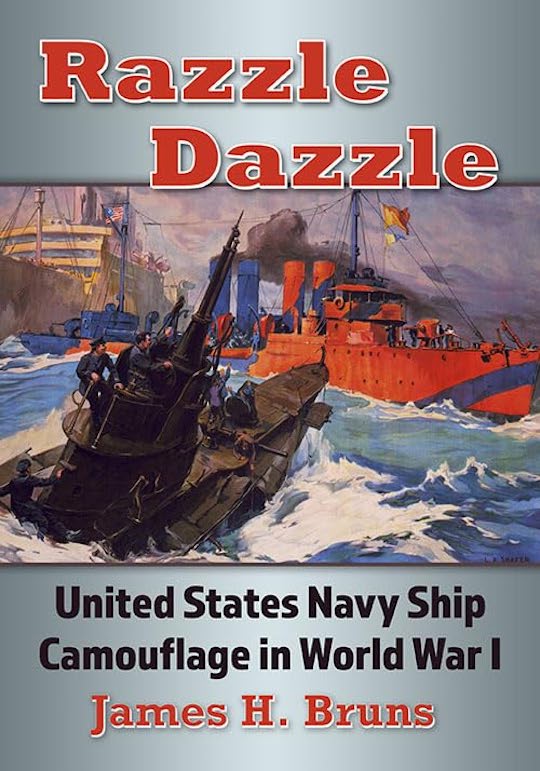 by James H. Bruns
by James H. Bruns
The British dubbed it simply Dazzle. The Yanks, apparently thinking it needed a bit more oomph, opted to call it Razzle Dazzle, this book’s title. Additionally, the US Navy developed its own paint schemes in an attempt to refine the camouflaging of merchant and war ships.
Several men took credit for originating the idea in the UK; Sir John Graham Kerr working with American artist/naturalist Abbott Thayer in 1914, then Norman Wilkinson in 1917. In that same 1917 year, the US adopted the idea while, as said, opting to devise its own schemes or patterns. “American ship camouflage specialists [were] dubbed ‘camoufleurs.’”
The basic idea was to make the orientation of ships less clearly discernable at sea especially when viewed through the enemy’s U-boat periscopes. Corollary to a ship’s course, speed, and direction being difficult to ascertain, so too would an enemy’s ability to correctly aim a torpedo at it. “If the sub’s periscope was spotted, or the torpedo’s wake was sighted in time to throw the helm hard over to cause the shot to miss, the cat-and-mouse game could go on for hours, with the submarine more often than not becoming the hunted one thanks to the availability of the convoy’s dreaded [destroyer] escorts.”

Left page are three examples of British Dazzle patterns while on right is one used by the USN on a 6,200-ton freighter. Interestingly the pattern on starboard side was different.
Wilkinson counseled camofleurs to study the natural world in order to devise the most effective principles to best accomplish their goals. The art on the right-hand page below was painted in 1907 by Abbott Thayer. As reproduced on the book’s page, it is virtually impossible to discern it is of a peacock. It put your commentator in mind of a modern-day artist who created her art in the “spirit of” Thayer and Dutch artist MC Escher but rather than featuring mainly geometric patterns, Bev Doolittle focused on nature and the natural world. We’ll show and tell you about her in a subsequent post.

Prior to the US joining the war, Britain had lost 20 percent of its merchant and war vessels to German U-boats. Along with adopting Razzle Dazzle, the USN also mandated other measures. Perhaps the most effective was to no longer permit ships to cross the seas individually. They traveled instead in convoys escorted by Navy destroyers. Other USN innovations included zigzagging—the entire convoy as one unit—in random patterns at random intervals. Smoke screening was also employed along with depth charging, and underwater listening. It all resulted in only 11 ships being lost, an 87 percent decrease from the time prior to USN-instituted practices and protocols.
The page pair below is an example of one of several concluding chapters that tell of other aspects of USN activities such as the establishment of APO and FPO mailing addresses and deliveries, the types of cargo merchant ships being escorted carried, the establishment of the Navy Armed Guards on merchant vessels so they too could be armed, and more.
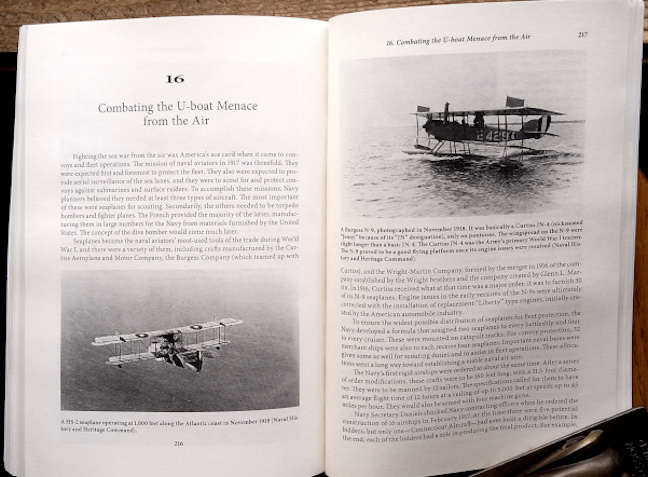
There’s even a chapter, as you can see, telling of how airpower was used to spot and deal with U-boats.
Even as the US hoped to maintain its neutrality, prudent men in responsible positions were planning such that the build-up had begun prior to the US declaring war on 6 April 1917. It was just that planning that enabled the guns to go silent on 11 November of the following year. The Navy’s effort which had cleared the way for 18,653 troopships and freighters to safely cross the oceans while American workers from every corner of the country had built ships, grew food and manufactured materials needed to achieve victory.
What became of razzle dazzle? “Advances, such as radar, sonar and optical range finding, rendered Razzle Dazzle largely obsolete” by the time of the next world war. However, your commentator is aware of one maritime museum with a WWII Razzle Dazzle-painted battleship open to visitors on self-guided or docent-led tours. It happens to be located in the same state as this book’s publisher albeit not in the same area for the publisher’s facilities are in the furthermost northwest corner of the state and the Battleship North Carolina is kitty-corner across the state in Wilmington on the coast on the southeast edge.
The question has been asked before: Why can’t history textbooks approved for use by students be written as interestingly and engagingly?
Copyright 2024 Helen V Hutchings (speedreaders.info)


 RSS Feed - Comments
RSS Feed - Comments




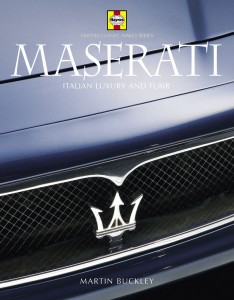

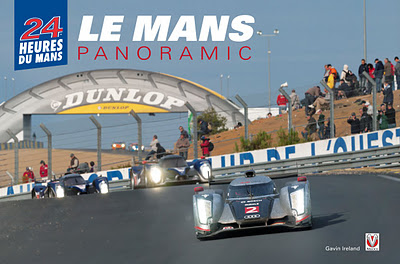






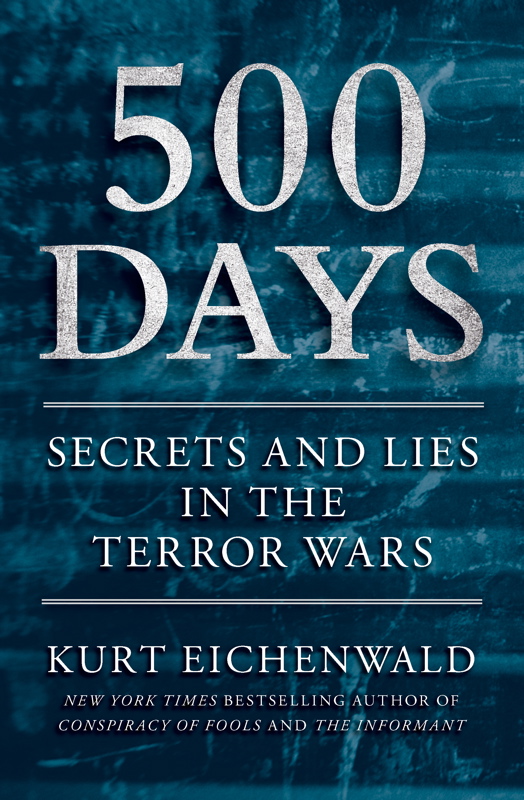
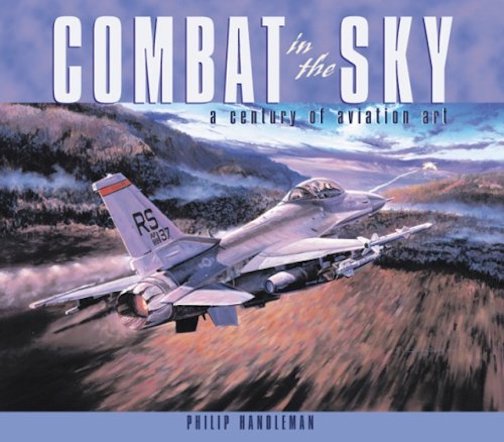

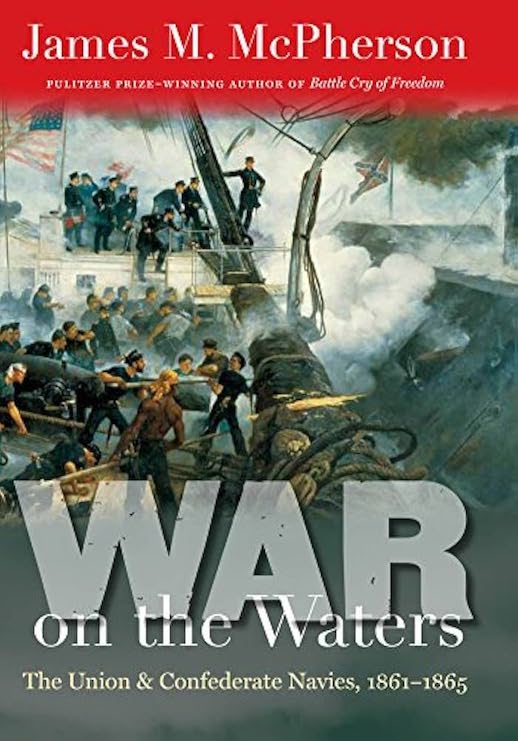








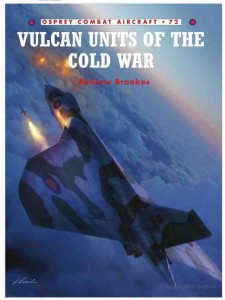






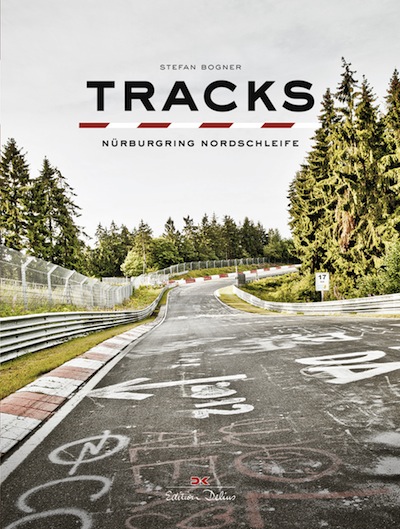
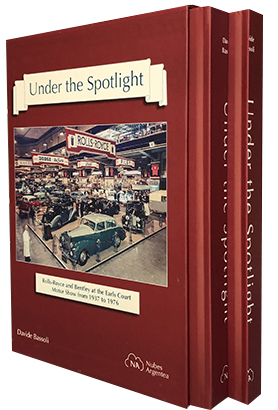










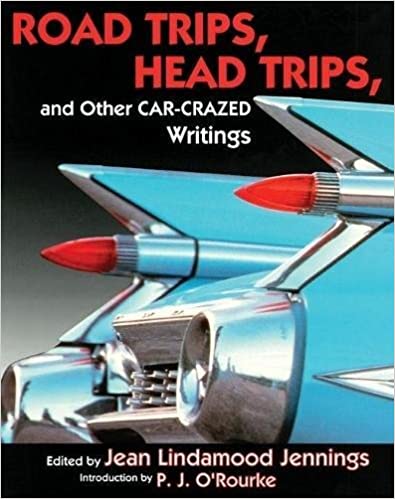

























 Phone / Mail / Email
Phone / Mail / Email RSS Feed
RSS Feed Facebook
Facebook Twitter
Twitter